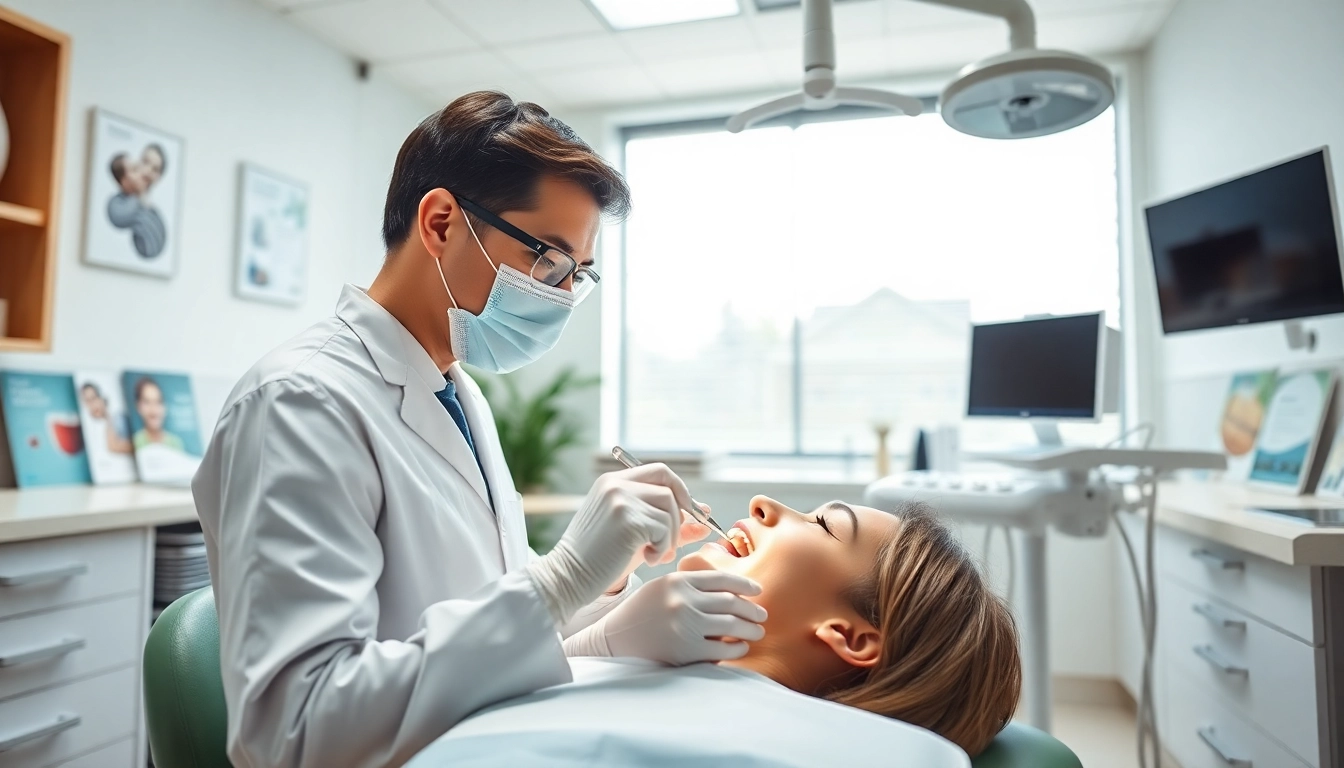What is Testosterone Replacement Therapy?
Overview of Testosterone Replacement Therapy
Testosterone Replacement Therapy (TRT) is a medical treatment designed to supplement testosterone levels in individuals with low testosterone, often due to conditions like male hypogonadism. This therapy can take various forms, including injections, topical gels, patches, and pellets, which aim to restore hormone levels to a more optimal range. The process is meticulously monitored by healthcare providers, ensuring that patients receive the right dosage and form of therapy appropriate for their individual needs. In many cases, TRT can significantly enhance the quality of life for those suffering from symptoms of low testosterone, which can include fatigue, low libido, and mood changes. For more information on Testosterone Replacement Therapy, it’s important to consult with a qualified healthcare professional.
How Testosterone Works in the Body
Testosterone is a crucial hormone primarily produced in the testicles in males and in smaller amounts in females’ ovaries. It plays a key role in many bodily functions, including developing male reproductive tissues, promoting secondary sexual characteristics, and regulating many other physiological processes such as fat distribution, muscle strength, bone density, and erythropoiesis (the production of red blood cells). As testosterone levels decrease with age or due to certain medical conditions, these bodily functions can become impaired, leading to a range of physical and emotional issues.
Who Needs Testosterone Replacement Therapy?
TRT is typically recommended for individuals diagnosed with low testosterone levels, often referred to as low T. Symptoms may include fatigue, decreased sex drive, erectile dysfunction, depression, and reduced muscle mass. A clinical diagnosis is essential, often confirmed by blood tests measuring testosterone levels, usually taken in the morning when levels are at their peak. It’s important to note that TRT may not be appropriate for everyone; doctors assess various factors, including the individual’s overall health, the existence of prostate disease, and other underlying conditions, before starting treatment.
Benefits of Testosterone Replacement Therapy
Enhancing Energy and Vitality
One of the most significant benefits of Testosterone Replacement Therapy is the way it can enhance overall energy levels and vitality. Individuals undergoing TRT often report a renewed sense of vigor and energy, helping them engage more actively in daily activities. Many feel more motivated and capable of tackling tasks they previously found daunting. This boost in energy can also translate into improved performance in the workplace, heightened engagement in social activities, and an overall uplifted quality of life.
Improving Sexual Health
Testosterone has a profound effect on sexual health and functionality. Men undergoing TRT typically experience enhanced libido, improved erectile function, and greater satisfaction in sexual relationships. For individuals suffering from low testosterone, these improvements can lead to a significant increase in self-esteem and relationship satisfaction. Furthermore, studies suggest that maintaining optimal testosterone levels can help in retaining sexual health as individuals age.
Benefits on Mood and Mental Clarity
Low testosterone levels have been linked to mood swings, depression, and cognitive decline. Many individuals on TRT report improved mood stability, reduced anxiety levels, and enhanced mental clarity. This positive effect on mental health can help individuals feel more like themselves, contributing to a better overall emotional balance. The improvement in cognitive functions like memory and concentration can significantly enhance daily functioning, making it easier to navigate tasks that require focus and analytical thinking.
Risks and Considerations of Testosterone Replacement Therapy
Potential Side Effects
While Testosterone Replacement Therapy can provide numerous benefits, it also comes with potential drawbacks and side effects. Common side effects may include acne, sleep apnea, fluid retention, and an increased risk of cardiovascular issues such as heart attacks or strokes. Additionally, TRT can impact prostate health, necessitating regular monitoring and check-ups with a healthcare provider to ensure there are no complications. It’s also important for patients to be aware of these side effects and engage in open discussions with their doctors to manage any arising health concerns proactively.
Who Should Avoid Testosterone Replacement Therapy?
TRT is not suitable for everyone. Individuals with a history of prostate or breast cancer, severe heart failure, or untreated sleep apnea should generally avoid testosterone supplementation. Furthermore, those with uncontrolled high blood pressure or elevated PSA (prostate-specific antigen) levels should also proceed with caution, as TRT could exacerbate these conditions. A thorough medical screening is essential to establish whether TRT is a fitting treatment option.
Long-Term Health Implications
The long-term implications of TRT are still being studied. While many men experience positive outcomes, such as improved quality of life, there is caution regarding long-term use, especially concerning cardiovascular health and prostate safety. Regular follow-ups, including blood tests and health evaluations, are critical for ensuring the treatment is safe and effective. Consulting with a healthcare provider is crucial for addressing ongoing health needs during TRT.
Types of Testosterone Replacement Therapy
Injections vs. Gels vs. Patches
TRT can be administered through various methods, including injections, gels, and patches, each with its benefits and considerations. Injections, typically done every one to two weeks, are known for delivering testosterone quickly and effectively but may require regular visits to a healthcare provider. Gels, applied topically, offer a convenient way to administer testosterone daily, though there is a risk of transference to others. Patches provide a consistent level of testosterone without the need for daily application, often being favored for their ease of use. Ultimately, the choice among these options should be based on patient lifestyle, medical history, and personal preference, following a discussion with their healthcare provider.
Choosing the Right Method for You
Selecting the right method for TRT is a personal decision that should consider factors such as efficacy, convenience, and cost. For instance, those who prefer minimal visits to a clinic might lean towards gels or patches, while others who seek immediate effects may favor injections. It’s vital to have a candid discussion with a healthcare provider about the pros and cons of each approach, potential side effects, and how each method aligns with the individual’s health goals and lifestyle.
Cost Considerations and Insurance Coverage
The cost of Testosterone Replacement Therapy can vary significantly based on the method chosen, dosage required, and insurance coverage. In many cases, insurance plans may cover part of the treatment expenses, but this varies widely. Patients should consult with their insurance provider to understand what is covered under their plan and explore options available to them. Budgeting for ongoing costs related to TRT is an essential consideration for those deciding to enter this treatment regimen.
Getting Started with Testosterone Replacement Therapy
Consultation and Diagnosis Process
Before beginning TRT, it’s essential to undergo a thorough consultation and evaluation process. This typically involves a comprehensive medical history review, physical examination, and a series of blood tests to measure testosterone levels and check for any underlying medical conditions. Following the initial evaluation, healthcare providers will discuss results, explain the benefits and potential risks of therapy, and outline a tailored treatment plan suited to the patient’s health needs.
Setting Realistic Expectations
Setting realistic expectations is a critical step before commencing TRT. While many individuals experience substantial improvements in symptoms, outcomes can vary widely based on individual health profiles, the severity of hormone deficiency, and compliance with therapy. As part of the process, healthcare providers should inform patients about what changes they can anticipate and across what timeframe, allowing for a clearer understanding of the treatment journey.
Monitoring and Adjusting Treatment Over Time
Once starting TRT, continuous monitoring is vital to ensure safety and efficacy. Regular follow-ups, including blood tests to evaluate testosterone levels and monitor side effects, should be scheduled periodically, especially within the first year of treatment. Adjustments to dosage or method of administration may be necessary based on the patient’s response to therapy. Open communication with healthcare providers is key, allowing for timely adjustments to maximize benefits while controlling for any adverse effects.














Leave a Reply